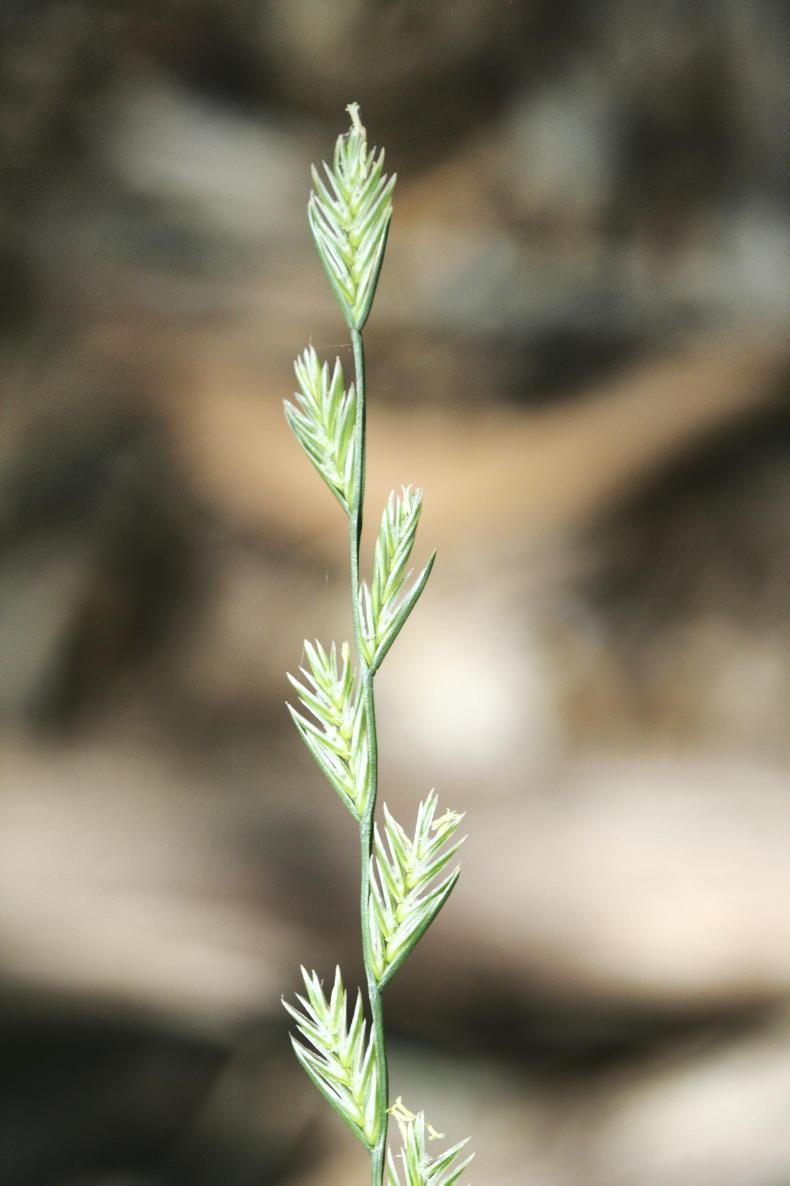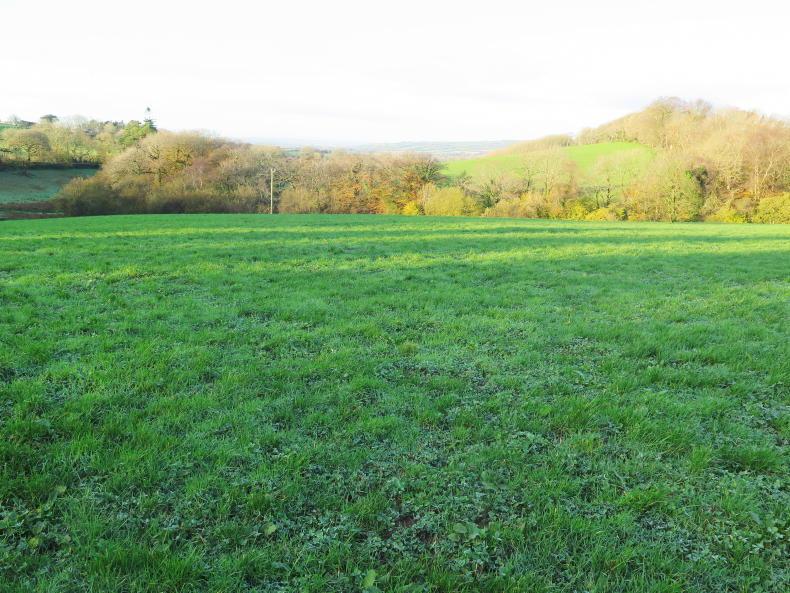Improving perennial ryegrass cultivars to support grass-based production systems for milk and meat is critically important.
More specifically, improving the digestibility of the forage is an important target trait for forage breeders, as it will result in an increase in animal performance.
This can potentially lead to a reduction in methane emissions at farm level. Researchers at Teagasc are currently using DNA technologies to deliver highly digestible cultivars.
In recent decades, improvements in forage quality have been moderate. However, due to an increased focus on trait evaluation during breeding and the adoption of genomic evaluations, this can be addressed.
Researchers at Teagasc have been studying the use of breeding technologies that can help.
Genomic selection
One such technology is genomic selection (GS). This technology uses genome-wide DNA markers to estimate breeding values on selection candidates.
GS assists in traditional breeding programmes and increasing genetic gain by shortening the selection cycle. This increases both the accuracy of the selection and the number of selection candidates that can be evaluated.

An essential component to developing GS approaches is the establishment of a reference population that is both evaluated for the target trait in field trials and characterised for differences in DNA profiles among the population.
Near-infrared reflectance
Near-infrared reflectance (NIR) spectroscopy is an indirect approach that is used to measure forage quality.
It works by illuminating a forage sample with light and measures the near-infrared region of light reflected back.
Researchers used this method on a reference population of over 15,000 samples and, by doing so, allowed them to develop calibration models for a number of forage quality traits, such as organic matter digestibility, crude protein and neutral detergent fibre.
This means that these traits can now be used for the routine evaluation of breeding material during selection.
In addition to this, it also proved that NIR spectra is a reliable method for measuring forage quality, which removes the need for expensive chemical analysis.
Using best plants as parents
When it comes to forage breeding, the goal is to use the best plants as parents in order to produce a new generation that is superior to the previous one.
Finding the best parents can be achieved through field evaluations or by studying DNA through GS.
However, as forage quality is just one trait of importance to forage breeders, researchers are also developing GS models for other traits measured in national list trials.
The goal is to use multi-trait GS, using index selection with weights from the Pasture Profit Index (PPI). This will allow forage breeders to select the best plants to combine to produce new cultivars and also help them to identify the best plants to use as parents to start a new round of selection.






 This is a subscriber-only article
This is a subscriber-only article










SHARING OPTIONS: